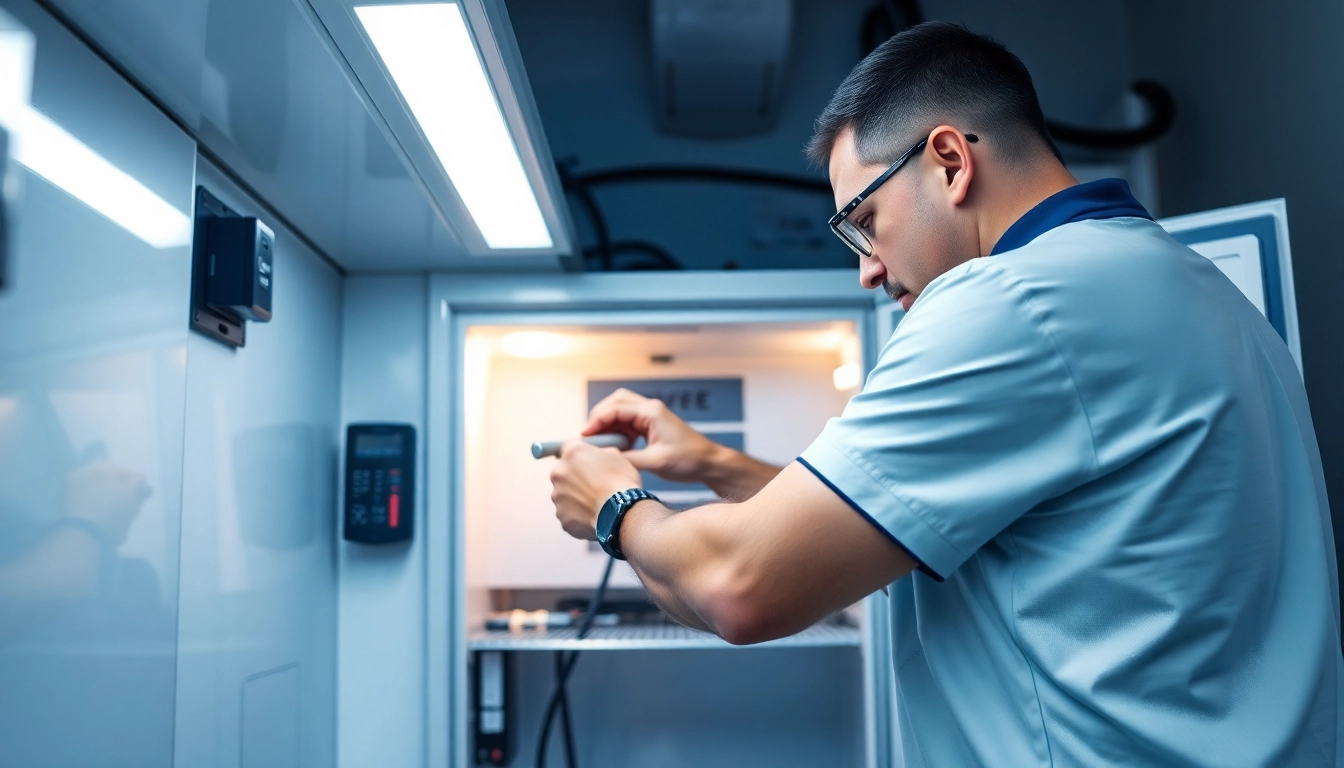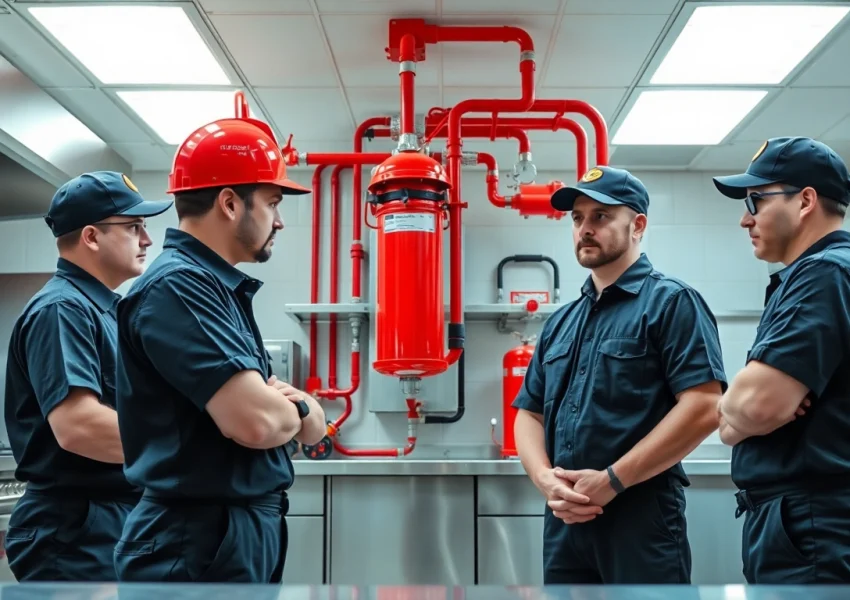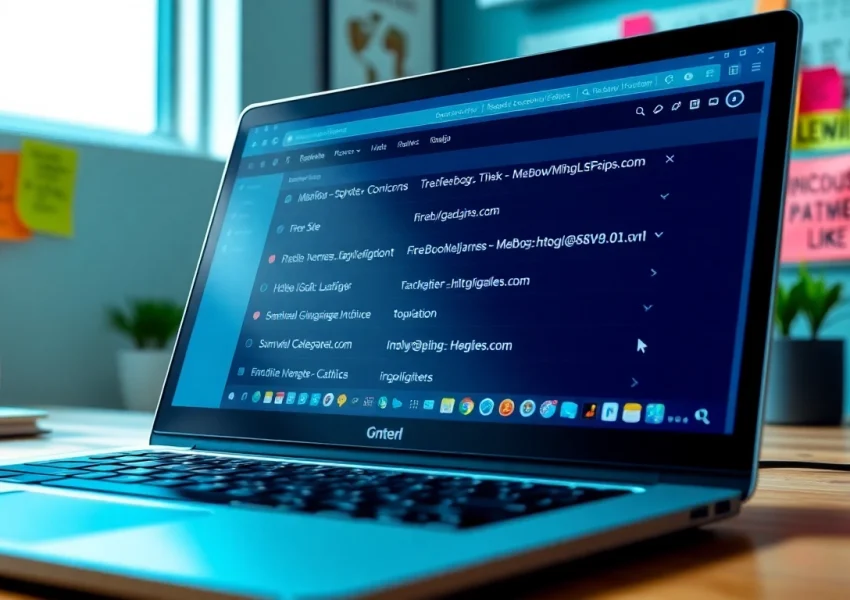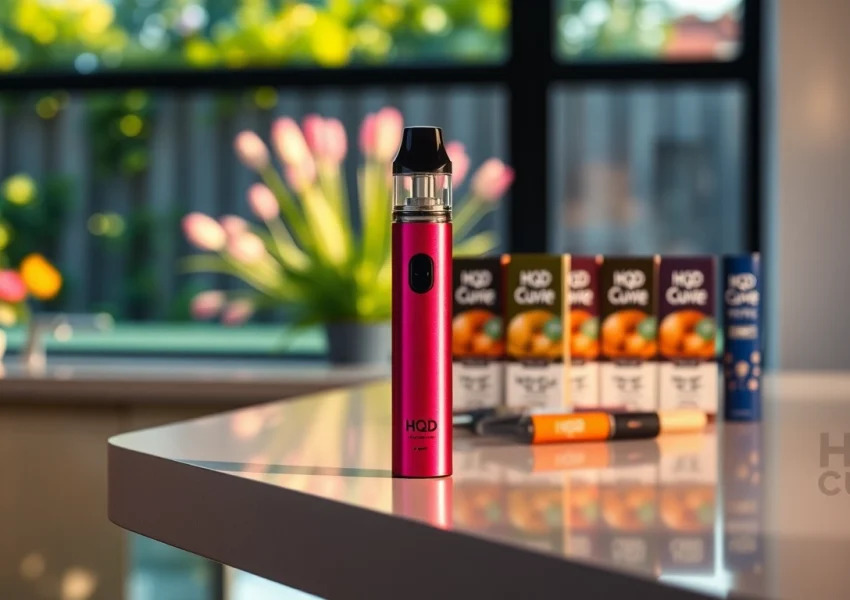Understanding Walk in Freezer Repair
Walk-in freezers are essential components in many commercial operations, ranging from restaurants to grocery stores. These large freezer units store food products at a consistent, low temperature, preserving their integrity and freshness. However, like any other appliance, they can encounter issues that necessitate professional walk in freezer repair. Understanding these issues, including the urgency of regular maintenance, can help ensure these systems operate smoothly.
What is a Walk in Freezer?
A walk-in freezer is a large storage space, usually used in commercial settings, specifically designed to maintain low temperatures necessary for food preservation. These units vary in size and can be customized based on the specific needs of a business. Walk-in freezers come with insulated walls, floors, and ceilings to maintain the required chilling environment, typically below 0°F (-18°C).
Common Issues Requiring Repair
Over time, walk-in freezers can develop various problems that may hinder their performance. Some common issues include:
- Compressor Problems: The compressor is vital for maintaining low temperatures. If it fails, the entire system can become ineffective.
- Temperature Fluctuations: This can result from faulty thermostats, evaporator issues, or airflow problems.
- Unusual Noises: Grinding or buzzing sounds may indicate mechanical issues within the unit.
- Frost Build-Up: Excessive frost can lead to air circulation problems and affect the freezer’s efficiency.
- Leaking Refrigerant: This can decrease the unit’s efficiency and environmental safety.
The Importance of Regular Maintenance
Preventive maintenance is crucial in keeping a walk-in freezer running efficiently. Regular checks can identify potential problems before they lead to costly repairs and downtime. Key maintenance tasks include:
- Cleaning condenser coils to ensure proper airflow.
- Checking door seals for leaks to prevent temperature loss.
- Testing the temperature control system to ensure accurate readings.
- Inspecting the insulation for damage.
Signs Your Walk in Freezer Needs Repair
Temperature Inconsistencies
One of the first indications that a walk-in freezer requires repair is temperature inconsistency. If the unit is struggling to maintain a consistent temperature, this could indicate issues with the thermostat, compressor, or refrigerant levels. Temperature checks should be performed regularly to identify discrepancies early.
Unusual Noises and Performance Issues
Noises such as clanking, hissing, or grinding may indicate mechanical troubles. These sounds often stem from failing motors, compressors, or fans. Additionally, if the freezer is often cycling on and off or failing to reach the desired temperature, it might need a thorough inspection.
Health Risk from Spoilage
Perhaps the most significant consequence of a malfunctioning walk-in freezer is the risk of food spoilage. If food items are stored at unsafe temperatures, they may become unsafe for consumption, leading to potential health risks for customers and financial losses for the business. Regular monitoring of internal temperatures can help mitigate this risk.
Choosing a Walk in Freezer Repair Service
What to Look for in a Repair Technician
When selecting a repair technician, consider the following factors:
- Experience and Expertise: Choose technicians with a solid background in commercial refrigeration systems.
- Certifications: Verify that the technician holds certifications appropriate for refrigeration systems.
- Reviews and References: Look for a company with positive customer testimonials and recommendations.
- Availability: Ensure the technician can provide emergency services, especially if your freezer is down.
Evaluating Service Costs and Estimates
Understanding the costs associated with walk-in freezer repairs is essential for budgeting. Factors influencing repair costs can include:
- Type of repair needed (compressor vs. gasket replacement).
- Age and condition of the freezer.
- Accessibility of components for repairs.
Requesting detailed estimates from multiple services can help you choose the best option.
Local vs. National Repair Services
When deciding between local and national repair services, consider the benefits of both:
- Local Services: Often offer personalized service, quicker response times, and potentially less costly repairs.
- National Services: Typically bring extensive resources, advanced training, and uniform quality. However, they may lack the community-focused approach of local businesses.
DIY Walk in Freezer Troubleshooting Tips
Basic Maintenance You Can Do
Business owners can perform several routine maintenance tasks to prolong the life of their walk-in freezers:
- Regularly clean the condenser coils.
- Inspect and maintain door seals to ensure they are functioning properly.
- Keep the interior of the freezer organized to promote proper airflow.
How to Diagnose Common Problems
Being able to troubleshoot basic issues can save time and potentially reduce repair costs. Start by checking the following:
- Confirm that the temperature settings are correct.
- Inspect the fans and vents for obstructions.
- Check for any signs of refrigerant leaks, such as oil stains or hissing sounds.
When to Call Professionals for Help
While basic troubleshooting is beneficial, some issues require professional intervention. Consider calling a technician for:
- Repeated temperature inconsistencies despite DIY adjustments.
- Any electrical issues, such as blown fuses or faulty wiring.
- Signs of significant mechanical failure, such as an excessive buildup of frost.
Preparing for a Walk in Freezer Repair
Checklist Before the Technician Arrives
To ensure a smooth service experience, prepare the following items before the technician’s arrival:
- Document specific issues and symptoms you’ve observed.
- Ensure the area around the walk-in freezer is accessible.
- Have a list of any recent repairs or maintenance performed.
How to Minimize Downtime
Minimizing downtime is critical for any business’s efficiency. Consider these strategies:
- Keep plenty of ice on hand for temporary storage of perishable items.
- Use signage to inform staff and customers of potential service interruptions.
- Schedule repairs during non-peak hours to limit disruption.
Post-Repair Maintenance Tips
After repairs, maintaining your walk-in freezer is vital. Consider the following best practices:
- Monitor performance consistently for any signs of new issues.
- Adhere strictly to periodic maintenance checks to maximize efficiency.
- Train staff on basic troubleshooting and maintenance to promote a culture of care.






